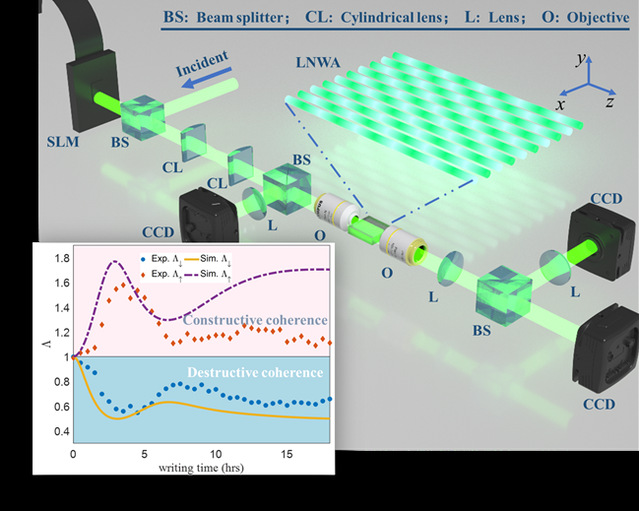Nankai’s Research Team Unveils Chiral Phase Evolution in Rabi Oscillations
Rabi oscillation, originally proposed in nuclear magnetic resonance, is the core of technologies including nuclear magnetic resonance spectroscopy and magnetic resonance imaging. Generally, it is described as a cyclic state transition of a nuclear moment under an external oscillating magnetic field and has been widely applied in the areas such as quantum computing, quantum optics, condensed matter and so on. Considering the time-reversal-symmetry-broken phenomena brought about by magnetic fields or equivalent synthetic fields in Rabi oscillations, the chirality should be hidden in the dynamic process. However, the chiral phenomena in Rabi oscillations has never been unveiled so far.
The research team led by Nankai University’s Prof. Zhigang Chen and Prof. Jingjun Xu from the School of Physics theoretically found that chirality exists in the phase evolution of Rabi oscillations. For opposite detuning of the driving field, the phase evolution of the probability amplitude exhibits a mirror symmetry. Consequently, constructive or destructive interference of two off-resonant Rabi processes under different initial conditions is level dependent and symmetry protected. Experimentally, the team demonstrated that the two-level system is constructed by two Bloch modes in the photonic lattice, and the driving field is analogously realized by longitudinal periodic modulation. The longitudinal modulation is light-induced, and the corresponding detuning amount is easy to adjust. Based on this adjustable photonic Rabi setting, the team also observed the level-dependent coherent relationship (Fig. 1) and the experiment proved the existence of chirality in Rabi oscillations.

Fig. 1. The experimental device realizing the chiral phase evolution of Rabi oscillation. The illustration shows the level-dependent coherent relationship in the observation.
The research was published on “Physical Review Letters” entitled “Unveiling chiral phase evolution in Rabi oscillations from a photonic setting”. Nankai University is the first corresponding unit, Nankai’s doctoral student Ping Zhang is the first author, and Nankai’s Vice Prof. Yi Hu, Prof. Zhigang Chen and Prof. Jingjun Xu are the corresponding authors. The research is financially supported by the National Key R&D Program of China, the National Natural Science Foundation of China (NSFC) and so on.
Link to paper:
https://journals.aps.org/prl/abstract/10.1103/PhysRevLett.125.123201
( Reported by Yi Hu and Huanyun Xia, Translated by Yuchen Shi, Edited by Davide Francolino and JianjingYun)









